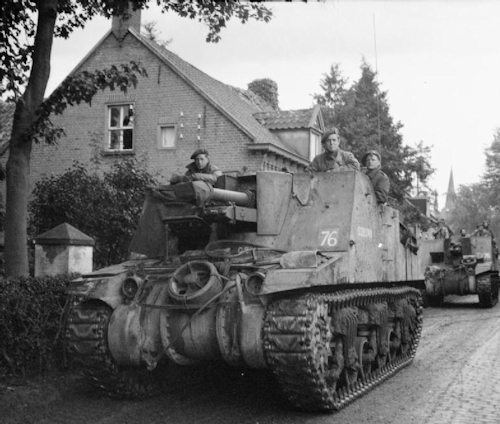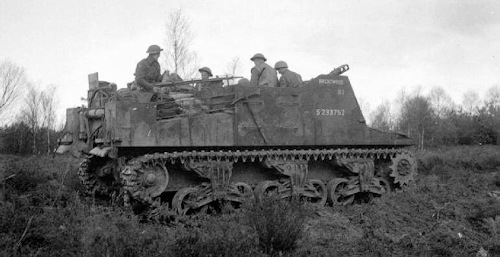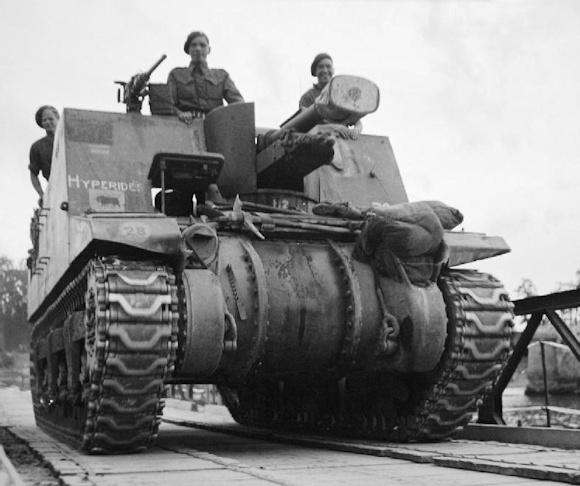The combat vehicle Sexton (sacristan) was an important self-propelled artillery used during the Second World War.
The vehicle was designed in 1942 and was built in Canada.
From 1943 to 1945, more than 2000 examples (including variants) were produced; some armies used it until the fifties, others even until the eighties. In this regard, the British Army will withdraw it from active service in 1956.
During the conflict, the vehicle was widely used by the Canadian Army, British armored units and other allied nations.
The self-propelled artillery Sexton – essentially – “represents” the Anglo-Canadian version of the self-propelled vehicle M7 Priest of the US Army, which was also widely used during the war.
According to Cesare Falessi and Benedetto Pafi, “the reasons for the creation of the Sexton must be sought, from on the one hand, in the desire to accelerate the process of replacing the rotated guns with the tracked equivalents, on the other in the desire to continue to have the excellent cannon 87,6mm British-built howitzer, replacing the 105mm howitzer mounted on US M7s.".1
 In addition to this, it is good to remember that the British armored units, during the war in the desert, to provide artillery support they transformed the tank Valentine (see article Infantry tanks: the “Valentine”) in a self-propelled gun with an 87,6 mm (25 lb) gun.
In addition to this, it is good to remember that the British armored units, during the war in the desert, to provide artillery support they transformed the tank Valentine (see article Infantry tanks: the “Valentine”) in a self-propelled gun with an 87,6 mm (25 lb) gun.
This medium – named Bishop – but it didn't give the desired results. Afterwards, the Bishop it was replaced by the self-propelled M7. However, the British Army's armored units did not use the 105 mm gun, and this created serious difficulties within the units.
The combat vehicle Sexton it was created taking the Canadian tank as a basis Frame. For the creation of Frame the Canadians adapted the design of theM3 (see article Allied medium tanks: the Lee/Grant M3).
The first prototype was built in 1942, and in 1943 it entered active service in the ranks of the Anglo-Canadian armored units.
As previously mentioned, the vehicle was produced until the end of the war.
Il Sexton debuted with the Eighth Army in Italian countryside. Later, she took part in the Battle of Normandy (6 June-30 August 1944); overall, it was used extensively on the Western Front.
Ultimately, the vehicle proved itself to be a viable self-propelled artillery during the course of the conflict. In fact, the "sacristan" obtained the approval of the departments that employed him.2

The self-propelled artillery Sexton it weighed 25 tons. She had a length of 6,12 m, width 2,72 m and height 2,4 m.
Engine: Wright R-975 Whirlwind, power 400 HP. The maximum speed was 40 km/h.
15-32 mm armour.
Armament consisted of a 25-pounder (87,6 mm) cannon and 7,7 mm machine guns.
The vessel could count on a crew of 6 men.
1 See C. Falessi-B. Pafi, The Sexton self-propelled vehicle, in Illustrated History n°170, 1972, p.93
2 See ibid
Photo: web












